This section explains considerations that apply to a High Availability configuration,
when running a software version that supports Smart Licensing Using Policy. The
following High Availability set-ups are within the scope of this document:
A device stack with an active, a standby and one or more members
A dual-chassis set-up8 (could be fixed or modular),
with the active in one chassis and a standby in the other chassis.
A dual-chassis and dual-RP set-up9,
on a modular chassis. Two chassis are involved here as well, with an active RP in one
chassis, a standby RP in the other chassis. The dual-RP aspect refers to an additional
in-chassis standby RP in just one of the chassis, which is the minimum requirement, or
an in-chassis standby RP in each chassis.

Note
|
When you use Cisco vManage to manage a product instance, every single device requires
a license - High Availability is not supported.
|
Authorization Code Requirements in a High Availability Set-Up
If you are using a license that requires authorization before use (whether
SLAC or SLR, PLR, and so on.), and you have one of High Availability set-ups
described above, the number of authorization codes that are required, corresponds to
the number of UDIs.
-
If the UDIs of the active and standby are the same, only one authorization
code is required. This is the case when the UDI is on the chassis (and not
the individual RPs).
-
If two chassis are involved in your High Availability set-up, again each
chassis will have its own UDI and therefore require its own authorization
code.
-
In case of a device stack, only the active requires an authorization
code.
Use the show license udi command in privileged EXEC mode to
display UDI information. All UDIs are displayed in case of High Availability
set-ups.
Trust Code Requirements in a High Availability Set-Up
The number of trust codes required depends on the number of UDIs. The active product
instance can submit requests for all devices in the High Availability set-up and
install all the trust codes that are returned in an ACK.
Policy Requirements in a High Availability Set-Up
There are no policy requirements that apply exclusively to a High Availability
set-up. As in the case of a standalone product instance, only one policy exists in a
High Availability set-up as well, and this is on the active. The policy on the
active applies to any standbys or members in the set-up.
Product Instance Functions in a High Availability Set-Up
This section explains general product instance functions in a High Availability set-up, as well as what the product instance
does when a new standby or member is added to an existing High Available set-up.
For authorization and trust codes: The active product instance can request (if required) and install authorization codes and
trust codes for standbys and members.
For policies: The active product instance synchronizes with the standby.
For reporting: Only the active product instance reports usage. The active reports usage information for all devices (standbys
or members – as applicable) in the High Availability set-up. In addition to scheduled reporting, the following events trigger
reporting:
When one of the above events occur, the “Next report push” date of the show license status privileged EXEC command is updated. But it is the implemented topology and associated reporting method that determine if
the report is sent by the product instance or not. For example, if you have implemented a topology where the product instance
is disconnected (Transport Type is Off), then the product instance does not send RUM reports even if the “Next report push”
date is updated.
For a new member or standby addition:
-
A product instance that is connected to CSLU, does not take any further action.
-
A product instance that is directly connected to CSSM, performs trust synchronization. Trust synchronization involves the
following:
Installation of trust code on the standby or member if not installed already.
If a trust code is already installed, the trust synchronization process ensures that the new standby or member is in the same
Smart Account and Virtual Account as the active. If it is not, the new standby or member is moved to the same Smart Account and Virtual Account as the active.
Installation of an authorization code, policy, and purchase information, if applicable
Sending of a RUM report with current usage information.

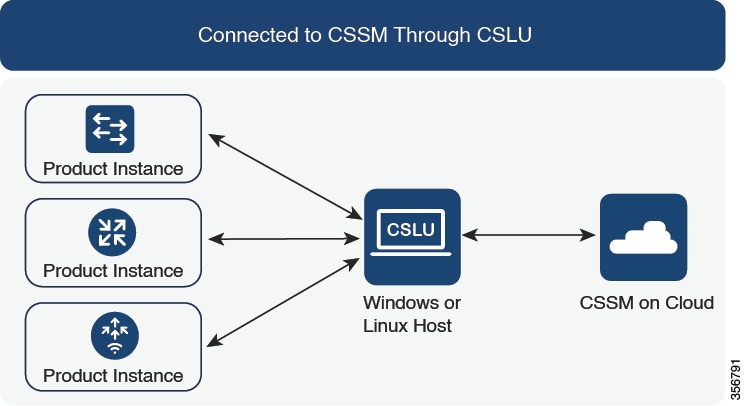
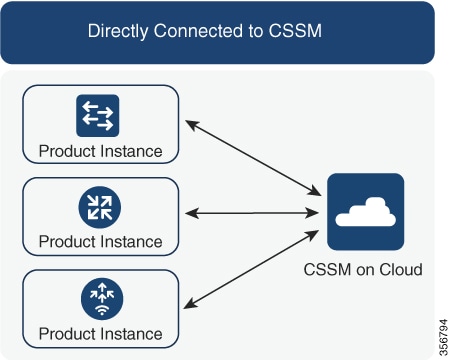
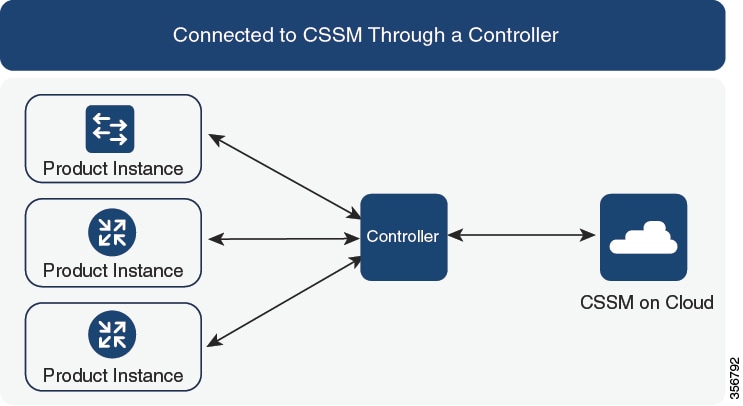
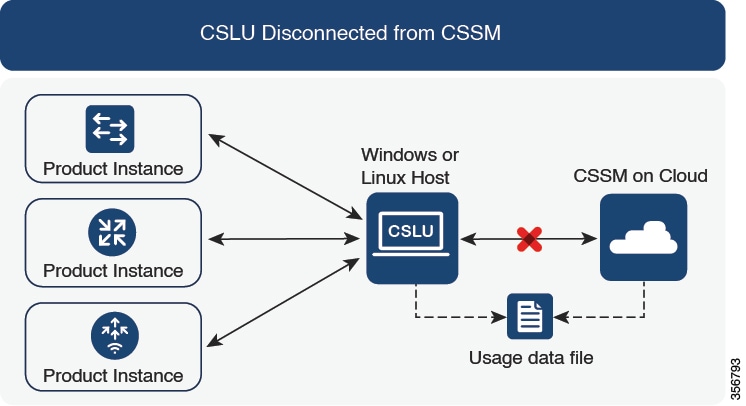
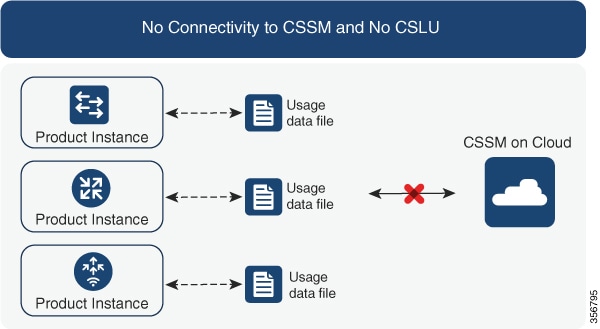

 Feedback
Feedback